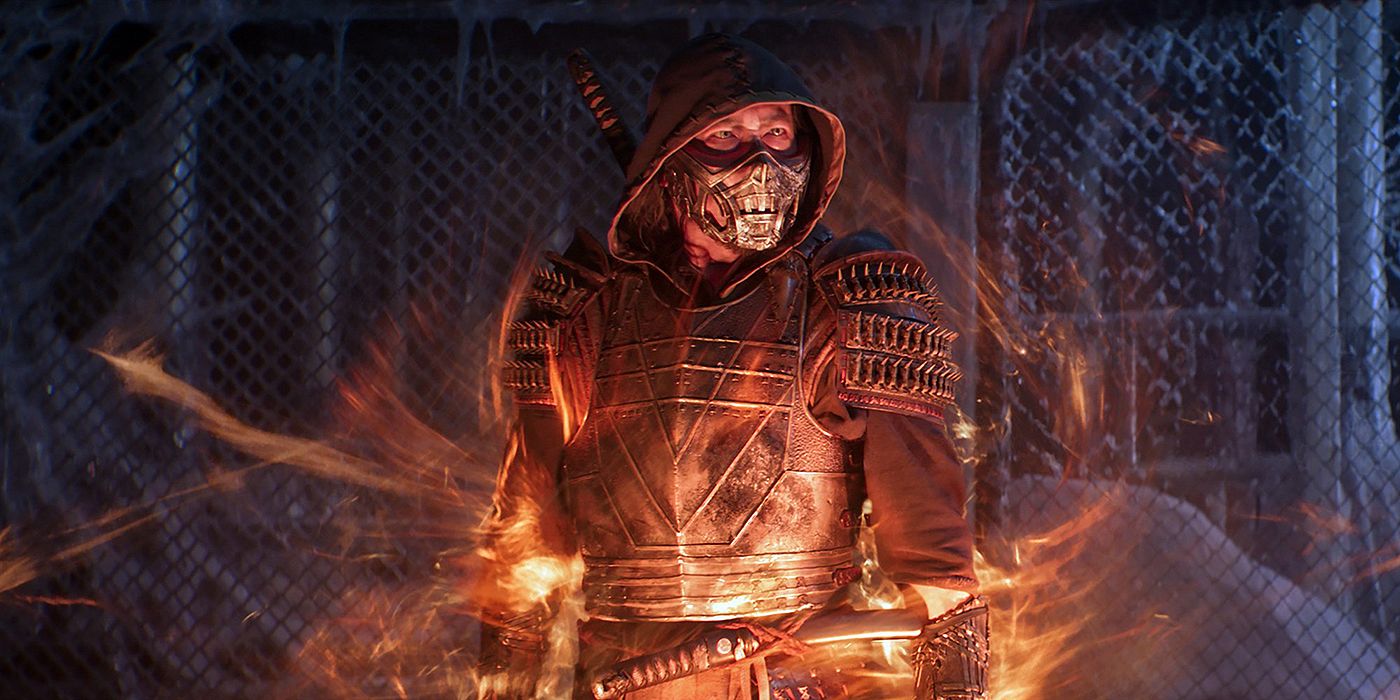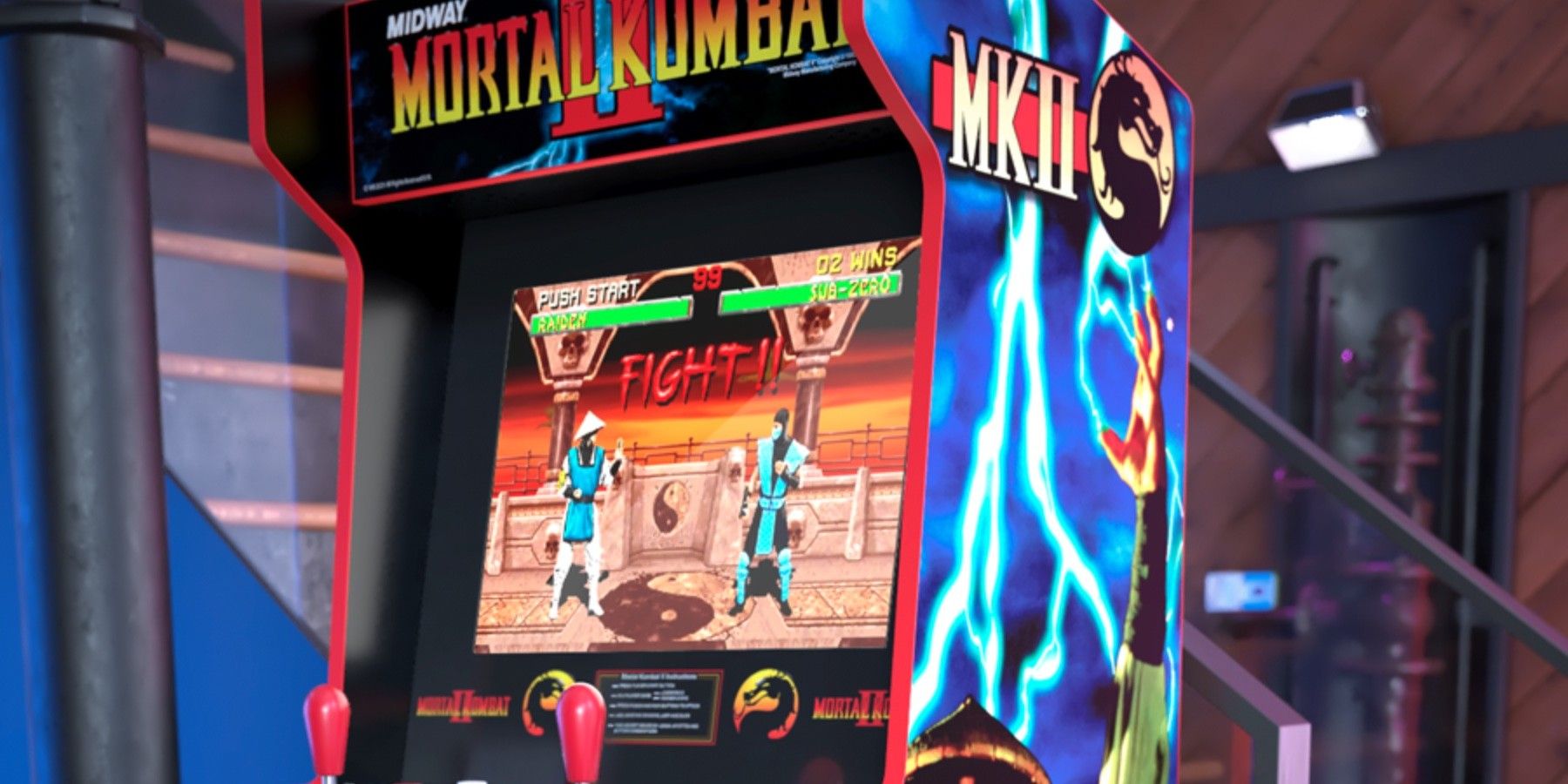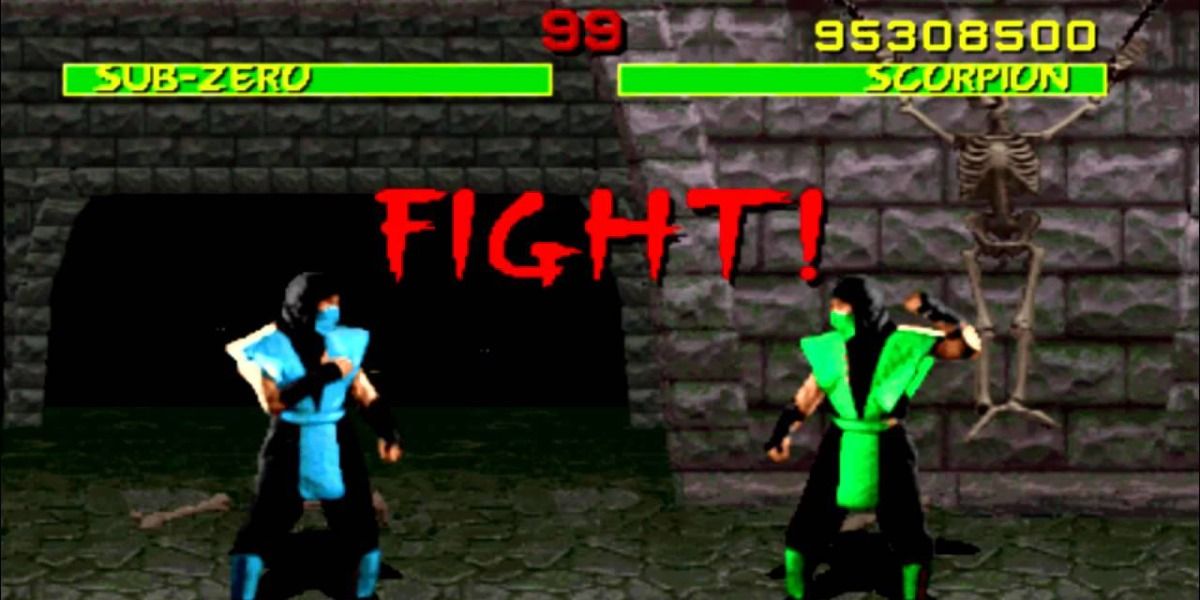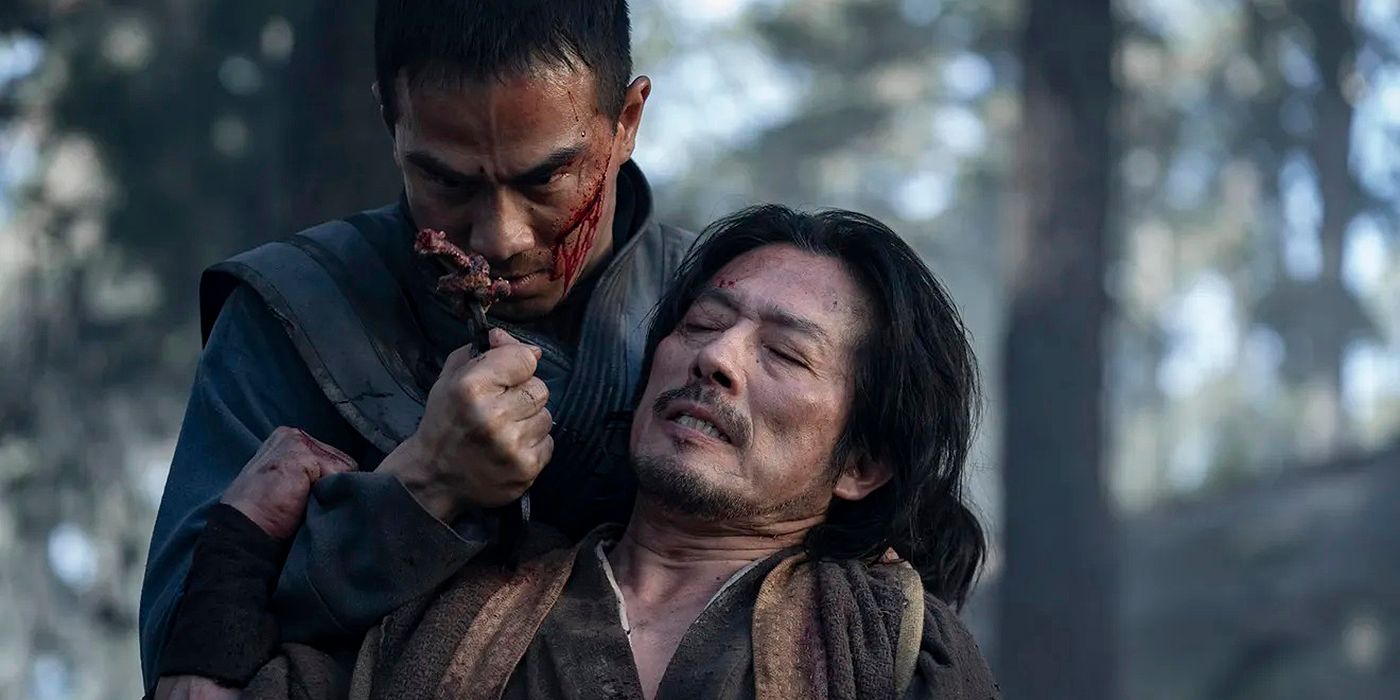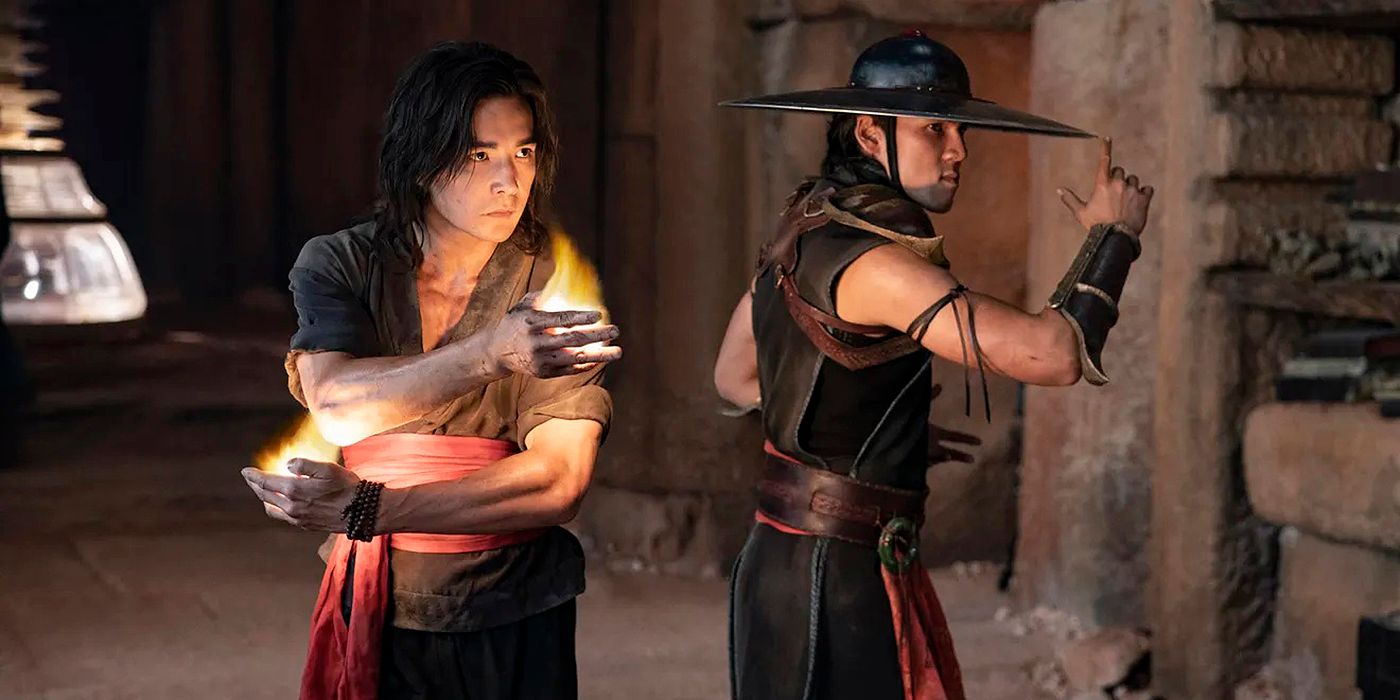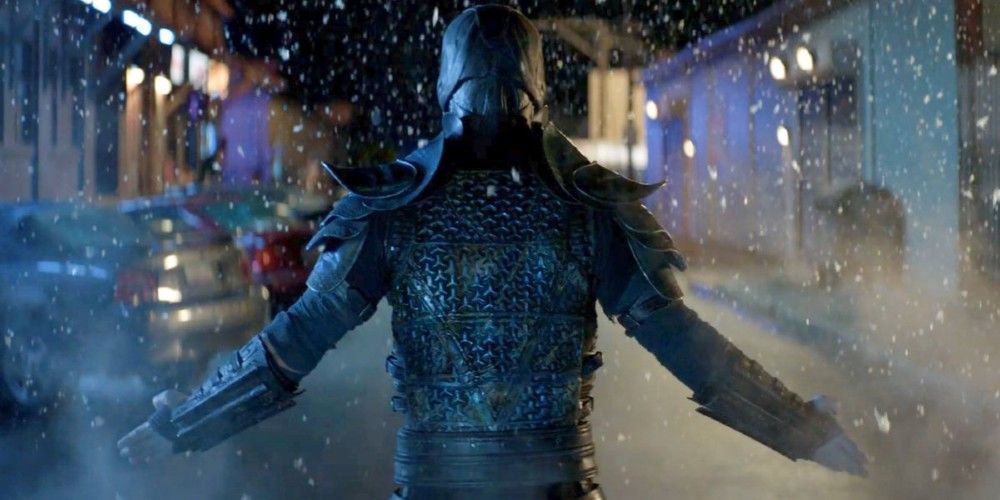The following article contains spoilers for Mortal Kombat.
After more than two decades, fans of the Mortal Kombat franchise were once again able to watch their favorite champions fight on the big screen when the reboot arrived last week. Even before the movie premiered, there was a lot of hype around its release, with fans looking forward to watching all the fatalities come to life. This fan base is the main reason why the film will ultimately be a success.
The first Mortal Kombat game arrived in 1992, and it introduced some of the main characters, including Sub-Zero, Scorpion, Kano, Liu Kang, Raiden, Sonya Blade, and Johnny Cage. Over the years, several other characters have been added, some of which were featured in the latest film. To watch the fighters that have been a part of one of the most popular game franchises battle it out on screen was bound to draw in every person who has ever enjoyed playing the game. Nostalgia is, therefore, the biggest factor drawing audiences in.
The first Mortal Kombat game, originally developed by Midway Games, was unlike any other, with violence being its main allure. While the level of gore was definitely tame compared to the later versions of the game, it was still loaded with brutal fatalities and lots of blood. The irony of the situation was that the violence seemed to attract younger players. They first played the game at the arcades and it later arrived on home consoles. At the time, Mortal Kombat did not have a rating, which meant anyone could purchase a copy of the game.
The game suddenly became even more popular, with every child who owned a copy raving about Sub-Zero’s spine ripping fatality. Some might consider it the worst age to be playing such violent games, but there was no stopping Mortal Kombat from becoming a cult classic. When it caught the attention of the parents, a conversation about a rating system began. In fact, Mortal Kombat is one of the main reasons behind the formation of the Entertainment Software Ratings Board, which launched the rating system for games that is used today.
However, the damage was done and the creators were aware of their younger audience, to the extent where commercials for the game featured children playing it. While parents were trying to restrict the amount of time their children spent with the game, they obviously wanted more. It’s almost like telling children that they cannot eat a cake that is sitting out in the open. They will want it, and even find sneaky ways of eating it.
Moving forward with this fan base, when the first film adaptation released, it was rated PG-13. New Line Cinema was willing to tone down the violence, just so they could have a large age group attend the film’s premiere. The franchise had formed a loyal fan following, with many of these fans growing up playing the remaining sequels and spin-offs of the original game.
Over the past 30 years, there has been a huge improvement in the graphics, gameplay, and the way the different fatalities are executed. All of these factors continued to attract more players while holding on to the fan base that the first game had formed. While the film adaptations in the 90s may not have fared well at the box office, which even led to the discontinuation of the series, releasing a reboot two decades later could just be the perfect move. All those children who fell in love with the first game in the franchise are now old enough to enjoy an R-rated film filled with buckets of blood.
Just the first seven minutes of the film, which were available to preview even before the film’s official premiere, have enough bloodshed to get the weak at heart to change the channel. As Hanzo Hasashi’s family is murdered, or left frozen, by his arch nemesis Bi-Han, the character who goes on to become Sub-Zero, Hasashi creates a pseudo version of his iconic chain and rips his opponents apart, quite literally. Of course, he then loses to Bi-Han, albeit in a fight scene that was among the highlights of the film. But, had that 15-minute sequence been part of a movie with a PG-13 rating, it would have lost its entire appeal.
This scene is where the viewers’ journey of going down memory lane begins. The minute Hasashi picks up the sharp tool and ties a rope to it, fans wait for him to shoot it at his enemies and scream “Get over here!”, Scorpion’s iconic line from the games. While the plot fails to grab one’s attention, nostalgia keeps fans going. The sheer joy of being able to recognize the different characters, before they are officially introduced, is what had many fans engaged. The fact that most of the characters are perfect adaptations of their game counterparts only adds to the experience.
The film also perfectly incorporates all the various brutal fatalities. The executions from the game, which players have memorized by now, are some of the best moments in the film. Fans would remember Liu Kang’s fire dragon, Shang Tsung’s signature soul-stealing move, Kano’s heart-rip fatality, and Scorpion unmasking himself and unleashing flames on his opponent, all of which were featured in the film. One of the more brutally depicted ones was Kung Lao’s finishing move, complete with his whirring hat stuck in the ground that rips Nitara into two, leading to a flawless victory.
While non-fans would also appreciate the way the fatalities were carried out, comparing them to the game makes them that much more satisfying to watch. Sub-Zero’s special moves would likely have the strongest impact. From him freezing Jax’s gun, and later his arms, to him creating an ice shower on his way to kill Cole Young, the film is filled with Easter eggs that only fans of the game will recognize. One of them would be the iconic ice clone, which he creates during his final battle with Scorpion.
Even though the movie is a much better game-to-film adaptation than those created in the 90s, what will eventually work best for it is a bunch of reminiscent fans. An entire generation would tune in just to watch their favorite champions tear each other apart, and some might be disappointed still. Many of the fight scenes have somewhat anticlimactic endings, which would still be acceptable had they not been overpowered by cheesy dialogues. Additionally, most of the fight scenes use heavy CGI, in order to create the desired effect from the games, but less focus is placed on the fight choreography itself. But, despite all the flaws, the film had a big box office weekend, which only goes to show that nostalgia is driving ticket sales.
Mortal Kombat is now screening in select theaters and HBO Max.

